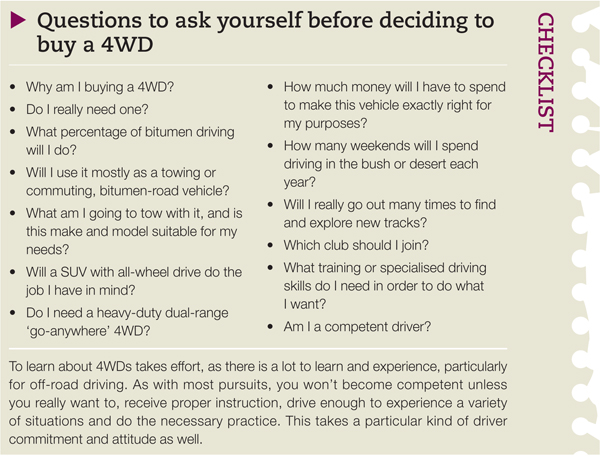A four-wheel-drive vehicle often seems to have a mind of its own. Without knowing how to handle it you could work harder than needed. Driving a 4WD can be fun, and unlike driving most normal cars. You need to feel confident and be competent as a driver in any motor vehicle, and particularly in a 4WD if you want to take advantage of what it can do mechanically and the places it is capable of going. Even if you are an experienced car driver, you may be in for a surprise when you first drive a 4WD. To many, the experience is almost a new state of mind.
Some 4WDs dont handle as easily as a normal everyday road-going car, and most lean over more in corners. They pitch front-to-rear in short-wheelbase (SWB) versions and the suspension, particularly in older 4WDs, lets passengers feel bumps in the road. Owning one for the first time often needs an appropriate driver mind change, an adjustment to accept the characteristics of a 4WD.
Because a 4WD is larger than an ordinary car it is easy to become an offensive, even aggressive driver. You may need to become even more tolerant of other drivers, including those who cut across in front of you to take up the extra cushion space you were allowing for braking or safety. There is one handy advantage car drivers generally tend to give your 4WD a bigger road space, especially if it is older and dirty or dented.

Advice
Nothing makes a task harder to do than knowing that you don't have sufficient experience to cope with unexpected or serious problems, especially when you are on your own.
Driver safety
Using a 4WD vehicle off-road (i.e. not on bitumen or paved roads) for work or recreation can be very satisfying. It can also be mentally and physically demanding. It takes skill to negotiate the terrain a nd at the same time minimise adverse effects on both the environment and the vehicle. Experience can make a difference between a safe and a risky 4WD action, but often safer driving can be as simple as a state of mind. Drivers attending 4WD education courses at club or commercial level are taught the basic skills at an early stage and usually develop a responsible attitude, quickly learning the rules for off-road safety.
The surface you are driving on has a lot to do with driver safety. Hitting a patch of gravel or loose screenings on a bitumen road has brought many 4WDs to grief. In many cases looking and planning ahead, and logical observation, might have prevented the skid or slide. On dry bitumen most common 4WD tyres give amazing road grip, but big and aggressive tyre tread patterns are not an automatic guarantee of great road-holding. Any potential for traction loss is made worse as speed increases. Anyone with basic 4WD experience driving on slippery hard clay tracks on a drizzly winter day can only blame themselves for damage resulting from failing to stop. (Sometimes chains are needed to make progress in such conditions.) Being too confident on a side-slope is one way to increase the chances of a rollover, causing injury and damage. On the other hand, getting through a delicate or really tough bit of driving safely is usually very satisfying to the driver.
Education
Trying to learn on your own through the school of hard knocks can be very dangerous, and can also be a waste of time. Dangerous, because a little knowledge often gives a false sense of security, and a waste of time because it is difficult to get any better if you dont have new experiences. Theres little doubt that the best way to learn the basics of sound and proper four-wheel driving for off-road or outback track conditions is to join a 4WD club and take part in its events and trips, gaining experience along with good instruction. Nothing makes a task harder to do than knowing that you dont have sufficient experience to cope with unexpected or serious problems, especially when you are on your own.
Most special-interest clubs run what are known as beginners days where skills can be safely learned. Each of these quite different activities requires different skills. In time and with good instruction and practice, four-wheel drivers can learn advanced driving techniques to cope with specific, less common or more difficult situations. Even if you dont stay with the club, this initial and basic education is of great benefit.
In a 4WD club, beginners days or new members days are usually times when experienced drivers take new members and their vehicles on an easy trip, or for a series of activities, to gain experience. If the new drivers get into difficulties, which is fairly common, help is given by more experienced members.
These training days can be most valuable to everyone concerned if properly organised. But sometimes newer drivers may be caught out, taking part in a trip which really requires more driver ability or a different level of vehicle equipment than currently exists at the beginners standard. Never be afraid to let the trip leader know that things on the trip are getting a bit beyond your control. Circumstances that experienced off-road drivers dont even notice can be a major problem for a beginner.
Hands-on practice and caution
If the 4WD vehicle is used for family transport as well as off-road driving, the beginner four-wheel driver tends to treat it with kid gloves. It can be quite easy to do expensive damage to a 4WD, and knowing this can make new drivers even more tentative but sometimes being too cautious can cause as much damage as being too bold. It usually takes a while before the worry about scratches and dents to the new or beloved 4WD wears off. Joining a club that has proper, sensible and realistic driver training as part of its activities is an excellent way of overcoming most of these worries.
Most 4WDs are not built for speed and are not generally intended for high-speed road cruising. Some larger diesel-engined vehicles are slower than petrol-engined vehicles. Changes to engine technology and diesel fuel quality in the last few years have resulted in many of the smaller diesel engines, now found in mid-size and smaller vehicles, giving quite high power output and remarkably efficient fuel usage in general transport vehicles.
Learning the capabilities of your vehicle as well as its limitations in a controlled situation is a major part of driver safety training. Learning the possible dangers of a particular 4WD activity or environment usually comes at the same time. In the USA, the law requires vehicles being driven in sand dunes to display a brightly coloured flag on the top of a tall, flexible mast at the front. This is supposed to give a driver coming up the opposite side of the dune the opportunity and sufficient time to swerve to avoid a head-on collision.
It makes good sense to travel slowly and anticipate further than you can properly see on narrow, twisty and steep tracks. Think what could happen under full power when working your way up a nasty pinch in low-range second gear (L2) to the top of a razorback while a driver on the other side of the climb is doing exactly the same.
What do you do if you are on a narrow track and there isnt enough room to swerve? On any twisty mountain track, particularly if it is in an area well away from normal traffic, there is a danger of head-on accidents on blind hairpin bends. Drivers often drift out over centre, away from their correct path, to get a better view of the track ahead. If it is a left-hander to you, it is a right-hander for the oncoming vehicle, who might well be cutting in to use the better road away from the edge. What may be worse, the oncoming vehicle could be a log-truck. Think safety, tread lightly and concentrate.

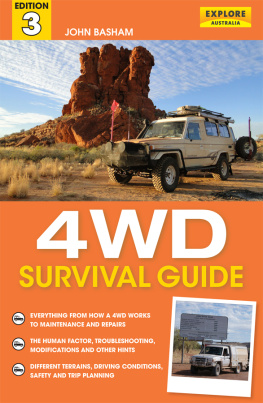
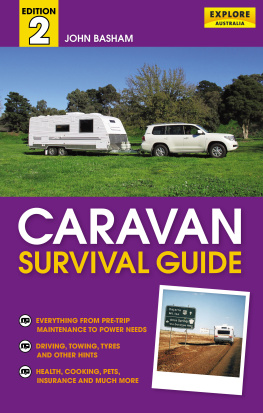


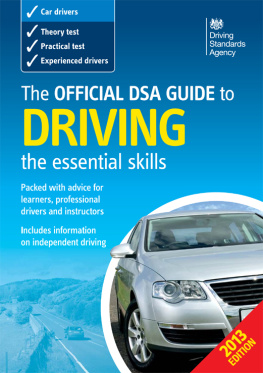
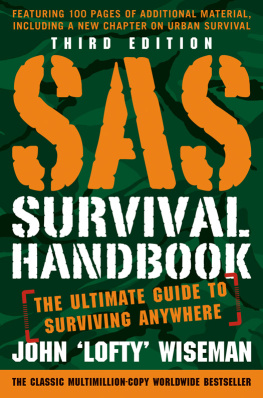
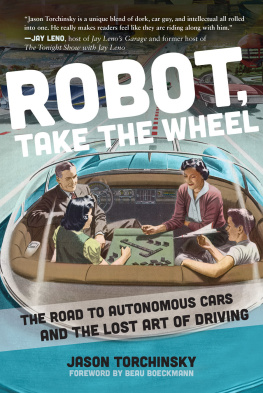
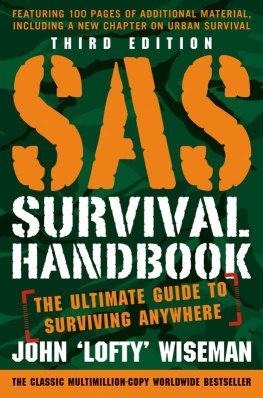

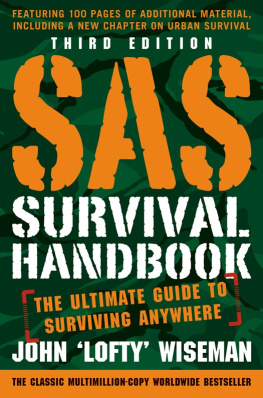
 Advice
Advice